http://health.usnews.com/health-news/diet-fitness/diabetes/articles/2009/03/23/too-much-red-meat-may-shorten-lifespan
A new “scientific” evidence by Mitoferrin KO in C. elegans
Mitoferrin is an iron importer into mitochondria, essential for the hemoglobin synthesis. Therefore, dysfunction (or knock-out) of mitoferrin in Zebrafish causes hypochromic anaemia and erythroid maturation arrest (1).
Interestingly, however, in the beginning of this year a Chinese group led by JianXin Lu, an “Iron Man”, at Wenzhou Medical College report that the reduction of mitoferrin (mfn) by the mfn siRNA treatment of C. elegans extends the lifespan of this worm by 50-80%, along with smaller body size, smaller progeny number (litter size), and slower movement (2). These effects have nothing to do with the so-called anti-oxidant effect (a “myth”!), because vitamin C, a typical anti-oxidant, does not cause any of these effects. More interestingly, these effects on this worm are apparently similar to those what CR (calorie restriction)-induced activation of the tumor suppressive kinase AMPK, dysfunction of IR (insulin-like receptor, DAF2), AGE-1 (PI3 kinase), TOR (target of rapamycin), or PAK1 genes would cause.
The latter “kinase” effects are executed through the tumor suppressing transcription factor FOXO, which is essential for both the longevity and expression of heat shock (chaperon) genes. Thus, it is conceivable that mitoferrin and these oncogenic kinases (IR, PI3 kinase, TOR and PAK1) are somehow linked to each other. However, unlike PAK1, mitoferrin has no effect on Hsp16 gene (unpublished observation), suggesting that mitoferrin's effect may be independent of both FOXO and heat shock (Hsp)genes.
I shall remind you that there are so many natural products, such as curcumin in Indian curry, propolis (bee-made antibiotics) and bitter melon (“Goya”), which suppress these oncogenic kinases without any adverse effect.
Thus, if you wish to live longer in a good health, I would recommend you to take a plenty of these natural products, and certainly less of red meat. However, if you have a great ambition to win a 100 m race, or have a dozen of children in your family, please don’t take these natural products, simply because you might suffer from fatique before reaching the goal, and dysfunction of your sperms which requires mitoferrin for their maturation. So it might be wise to take a sufficient red meat before you complete a family plan with a few children, and then switch a gear by taking these life-extending natural products, instead of red meat, to enjoy the remaining longer and healthier live.
References:
1. Shaw, G., Cope, J., Li, LT., Corson, K. et al. Mitoferrin is essential for erythroid iron assimilation. Nature, 2006, 440, 96-100.
2. Ren, YG., Yang, S., Tan, GQ., Ye, W. et al. Reduction of mitoferrin results in abnormal development and extended lifespan in C. elegans. PLoS One, 2012, 7, e29666.
2012年1月23日月曜日
2012年1月14日土曜日
Trihydrophobin 1 (TH1): a tumor suppressor
that inactivates the kinase PAK1,
and is blocked by the oncogenic kinase SRC.
For a decade since 2002, Jianxin Gu’s group at Fudan University in Shanghai has extensively studied the biological function of an ubiquitous protein called trihydrophobin 1 (TH1), present in a variety of animals from Drosophila to human, and found that TH1 inactivates the oncogenic kinase PAK1 and its downstream effectors MEK/ERK as well (1, 2), and is inactivated by the oncogenic Tyr-kinase SRC which phosphorylates Tyr 6 of TH1 (2). In addition, TH1 inactivates another oncogenic kinase A-Raf, but neither B-Raf nor C-Raf (3). Over-expression of TH1 in breast cancer cells blocks both their growth and migration which depend on PAK1 (4). Thus, like Merlin, TH1 is a tumor suppressor that down-regulates PAK1 and its effectors, and its dysfunction probably causes cancer development, and shortens our lifespan.
Back to 2000, we found that PP1, an inhibitor of SRC family kinases, blocks the activation of PAK1, with the IC50 around 10 nM, and the PAK1-dependent growth of RAS-transformants such as pancreatic and colon cancers (5). Recently it was found that the major target of PP1 is FYN, a member of SRC family. Thus, PP1 reactivates TH1 by blocking FYN, and TH1 in turn inactivates PAK1…
In this context, it should be worth noting that EGF, a ligand for the cell surface Tyr-kinase ErbB1 (EGF receptor), stimulates the TH1 phosphorylation by SRC family kinases, clearly indicating that SRC acts downstream of ErbB1 (2). We found that inactivation of PAK1 by PP1 is not affected by AG 1478, an ErbB1-specific inhibitor, but markedly enhanced by AG 879, an inhibitor of ETK, another Tyr-kinase (6, 7), strongly suggesting that the PP1-induced PAK1 inactivation involves the TH1 phosphorylation by FYN. The combination of PP1 and AG 879 completely blocks both PAK1 and the growth of RAS-transformants in vivo (xenografts mice).
References:
1. Cheng, CM., Kong, XF., Wang, HZ., Gan, HC. et al. Trihydrophbin 1 interacts with
PAK1 and regulates ERK/MAPK activation and cell migration. J. Biol. Chem. 2009,
284, 8786-96.
2. Wu, W., Sun, Z., Wu, J., Peng, X. et al. Trihydrophobin 1 Phosphorylation by c-Src
Regulates MAPK/ERK Signaling and Cell Migration. PLoS One. 2012, 7, e29920.
3. Liu, W., Shen, WY., Yang, YZ., Yin, XL. et al. Trihydrophobin 1 Is a New Negative
Regulator of A-Raf Kinase. J. Biol. Chem 2004, 279, 10167-75.
4. Zou, WY., Yang, YZ., Wu, YH., Sun, LL. et al. Negative role of trihydrophobin 1
in breast cancer growth and migration. Cancer Sci. 2010, 101, 2156–62.
5. He, H., Hirokawa, Y., Levitzki, A., Maruta, H. An anti-Ras cancer potential of PP1,
an inhibitor specific for Src family kinases: in vitro and in vivo studies. Cancer J.
2000, 6, 243-8.
6. He, H., Hirokawa, Y., Manser, E., Lim, L. et al. Signal therapy for RAS induced
cancers in combination of AG 879 and PP1, specific inhibitors for ErbB2 and Src
family kinases, that block PAK activation. Cancer J. 2001, 7, 191-202.
7. He, H., Hirokawa, Y., Gazit, A., Yamashita, Y. et al. The Tyr-kinase inhibitor AG879,
that blocks the ETK-PAK1 interaction, suppresses the RAS-induced PAK1activation
and malignant transformation. Cancer Biol Ther. 2004, 3, 96-101.
Back to 2000, we found that PP1, an inhibitor of SRC family kinases, blocks the activation of PAK1, with the IC50 around 10 nM, and the PAK1-dependent growth of RAS-transformants such as pancreatic and colon cancers (5). Recently it was found that the major target of PP1 is FYN, a member of SRC family. Thus, PP1 reactivates TH1 by blocking FYN, and TH1 in turn inactivates PAK1…
In this context, it should be worth noting that EGF, a ligand for the cell surface Tyr-kinase ErbB1 (EGF receptor), stimulates the TH1 phosphorylation by SRC family kinases, clearly indicating that SRC acts downstream of ErbB1 (2). We found that inactivation of PAK1 by PP1 is not affected by AG 1478, an ErbB1-specific inhibitor, but markedly enhanced by AG 879, an inhibitor of ETK, another Tyr-kinase (6, 7), strongly suggesting that the PP1-induced PAK1 inactivation involves the TH1 phosphorylation by FYN. The combination of PP1 and AG 879 completely blocks both PAK1 and the growth of RAS-transformants in vivo (xenografts mice).
References:
1. Cheng, CM., Kong, XF., Wang, HZ., Gan, HC. et al. Trihydrophbin 1 interacts with
PAK1 and regulates ERK/MAPK activation and cell migration. J. Biol. Chem. 2009,
284, 8786-96.
2. Wu, W., Sun, Z., Wu, J., Peng, X. et al. Trihydrophobin 1 Phosphorylation by c-Src
Regulates MAPK/ERK Signaling and Cell Migration. PLoS One. 2012, 7, e29920.
3. Liu, W., Shen, WY., Yang, YZ., Yin, XL. et al. Trihydrophobin 1 Is a New Negative
Regulator of A-Raf Kinase. J. Biol. Chem 2004, 279, 10167-75.
4. Zou, WY., Yang, YZ., Wu, YH., Sun, LL. et al. Negative role of trihydrophobin 1
in breast cancer growth and migration. Cancer Sci. 2010, 101, 2156–62.
5. He, H., Hirokawa, Y., Levitzki, A., Maruta, H. An anti-Ras cancer potential of PP1,
an inhibitor specific for Src family kinases: in vitro and in vivo studies. Cancer J.
2000, 6, 243-8.
6. He, H., Hirokawa, Y., Manser, E., Lim, L. et al. Signal therapy for RAS induced
cancers in combination of AG 879 and PP1, specific inhibitors for ErbB2 and Src
family kinases, that block PAK activation. Cancer J. 2001, 7, 191-202.
7. He, H., Hirokawa, Y., Gazit, A., Yamashita, Y. et al. The Tyr-kinase inhibitor AG879,
that blocks the ETK-PAK1 interaction, suppresses the RAS-induced PAK1activation
and malignant transformation. Cancer Biol Ther. 2004, 3, 96-101.
2012年1月6日金曜日
「PAK遮断薬」時代がいよいよ到来!
MIT/理研の利根川 進教授(1987年ノーベル受賞者)が2、3年前に
カルフォルニア州のサンディエゴに創立したベンチャー製薬会社「Afraxis」
が最近、PAK1に特異的な阻害剤(IC50が10 nM前後)を2、3種類
開発し、特許を申請したそうです。 最近(医者向けに)市販された点滴用
(PAK遮断)薬FK228 (商標イストダックス) と違い、経口用で、血管脳関門を
通過しうるので、将来、(癌ばかりではなく) NF2やTSC などの脳腫瘍や
(利根川教室の専門である) 自閉症などの脳内に発生するPAK1依存性の難病
の治療にも役立つ可能性があります。
Website of Afraxis: http://www.afraxis. com
The 2011 patent on PAK1 inhibitors:
8-(2'-HETEROCYCYL)PYRIDO[2.3-D]PYRIMIDIN-7(8H)-ONES
FOR THE TREATMENT OF CNS DISORDERS
Inventors:
CAMPBELL, David (13318 Seagrove Street, San Diego, CA, 92130, US)
DURON, Sergio, G. (1605 Neale Street, San Diego, CA, 92103, US)
VOLLRATH, Benedikt (4704 Niagara Avenue, San Diego, CA, 92107, US)
WADE, Warren (10940 Shy Bird Lane, San Diego, CA, 92128, US)
Application Number: US2011/040075
Publication Date: December 15, 2011
Filing Date: June 10, 2011
Assignee:
AFRAXIS, INC. (11099 N. Torrey Pines Road, Suite 290, La Jolla, CA, 92037, US)
and the above four inventors
カルフォルニア州のサンディエゴに創立したベンチャー製薬会社「Afraxis」
が最近、PAK1に特異的な阻害剤(IC50が10 nM前後)を2、3種類
開発し、特許を申請したそうです。 最近(医者向けに)市販された点滴用
(PAK遮断)薬FK228 (商標イストダックス) と違い、経口用で、血管脳関門を
通過しうるので、将来、(癌ばかりではなく) NF2やTSC などの脳腫瘍や
(利根川教室の専門である) 自閉症などの脳内に発生するPAK1依存性の難病
の治療にも役立つ可能性があります。
Website of Afraxis: http://www.afraxis. com
The 2011 patent on PAK1 inhibitors:
8-(2'-HETEROCYCYL)PYRIDO[2.3-D]PYRIMIDIN-7(8H)-ONES
FOR THE TREATMENT OF CNS DISORDERS
Inventors:
CAMPBELL, David (13318 Seagrove Street, San Diego, CA, 92130, US)
DURON, Sergio, G. (1605 Neale Street, San Diego, CA, 92103, US)
VOLLRATH, Benedikt (4704 Niagara Avenue, San Diego, CA, 92107, US)
WADE, Warren (10940 Shy Bird Lane, San Diego, CA, 92128, US)
Application Number: US2011/040075
Publication Date: December 15, 2011
Filing Date: June 10, 2011
Assignee:
AFRAXIS, INC. (11099 N. Torrey Pines Road, Suite 290, La Jolla, CA, 92037, US)
and the above four inventors
登録:
コメント (Atom)










































































![リオ五輪男子体操団体:日本(金)、ロシア[銀]、中国[銅]。](https://blogger.googleusercontent.com/img/b/R29vZ2xl/AVvXsEjHS61FORcH43CteZVfJzLmbqvNwOIliOSMpTpRtEi7x8j1ZwPk5rDaZovTrwuZxfDDtdEDSj673it735LF0mweIunaj7ja07lURBDYTV6wPMaAlumFt3aWWzYbHZgIaxcOLk_OKEMyQ3lX/s1600/2016+taiso+gold.jpg)
![皇太子(明仁)による沖縄訪問 [1975年]](https://blogger.googleusercontent.com/img/b/R29vZ2xl/AVvXsEjvSQrzV7yw_4gVQSwxZP_jh4VnEJscSqOqbiBh0VdAK3CRddXRqkd70JdLyws9fGejk-FGVmXWbHvSxlF3f8UogTyf9KXbqU1NGXesvcx2Hlsd6uq81AHweeioc61wynq3d2IYuyolijgT/s1600/akihito+message.jpg)




















































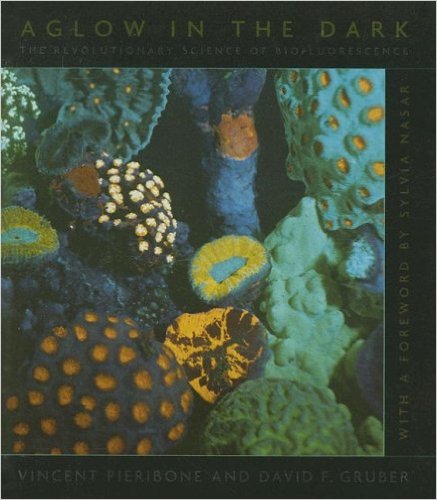














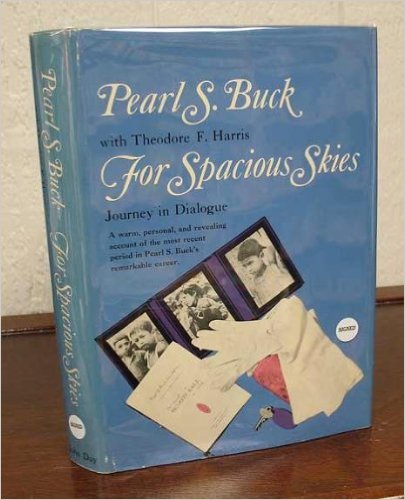














































































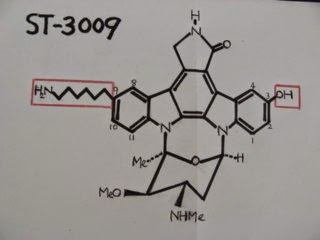







































![アルニカ [ウサギ菊]](https://blogger.googleusercontent.com/img/b/R29vZ2xl/AVvXsEilqv0qou-4NpoUh1PFWYK0FSaozKazee0VYGxsFtfjBma46ya9yxqB6X9Ziuob25tNRpBbnFIcUFlOEjz1WcAjVNzjGl1E-QbDgE7VOLkjZDx0eplJ1WJHf0fTEWXxf8F5G-cHUhqHELY9/s1600/ArnicaS.jpg)


















































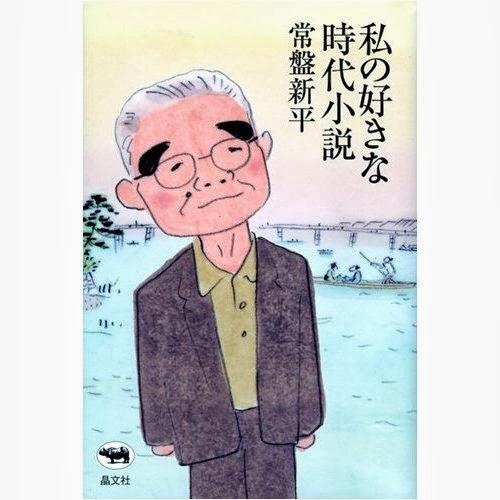










































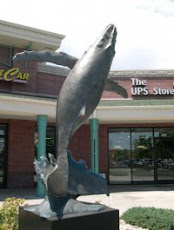










































.jpg)
















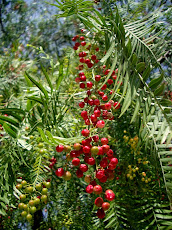















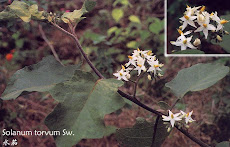







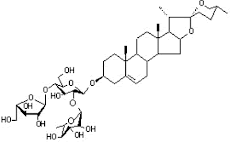















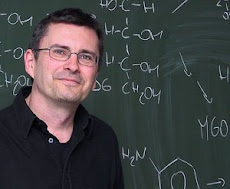















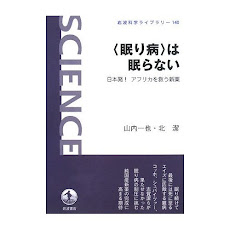












.jpg)















































